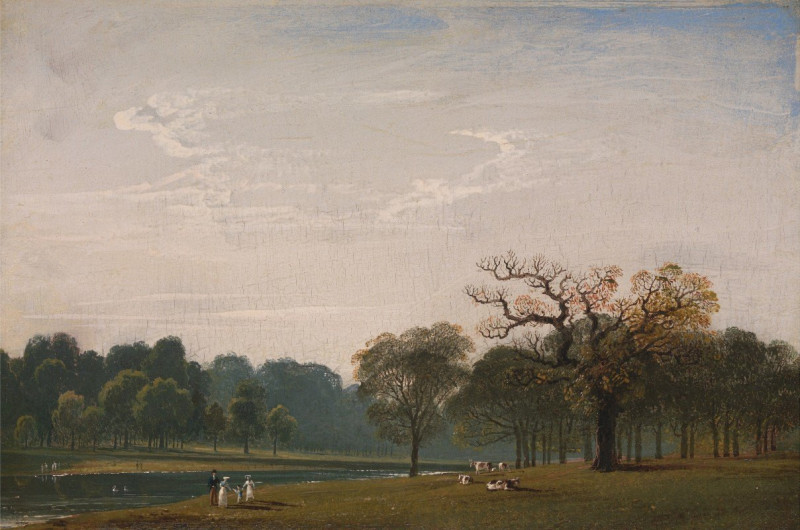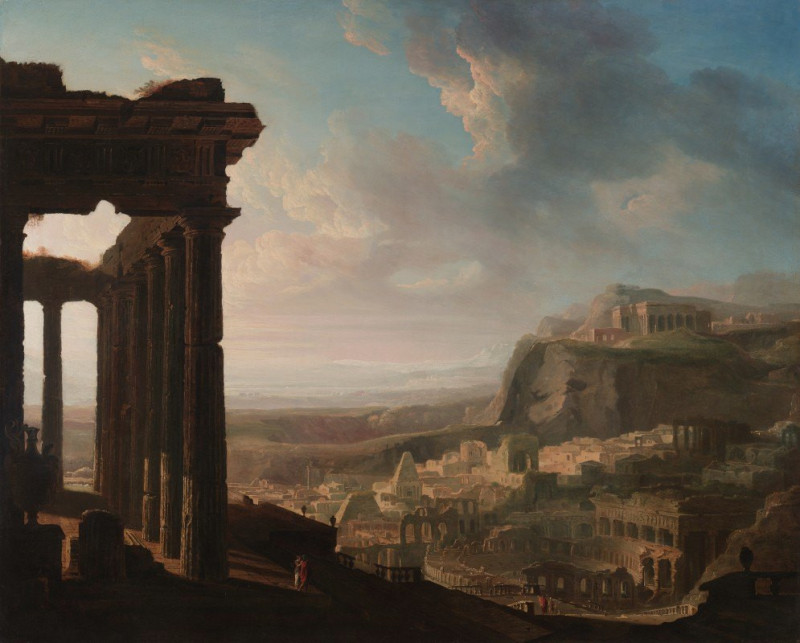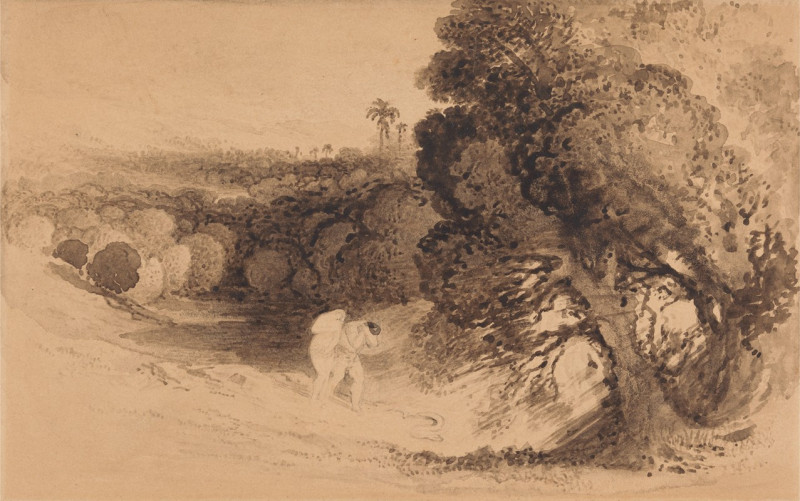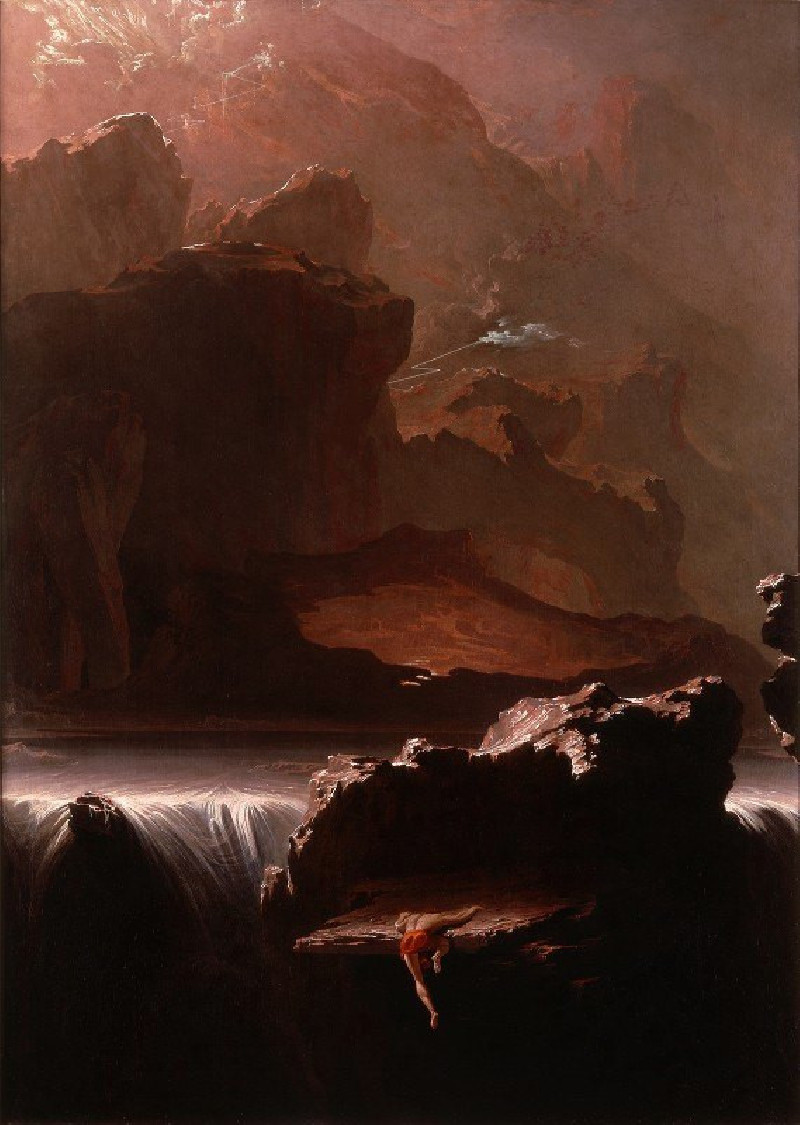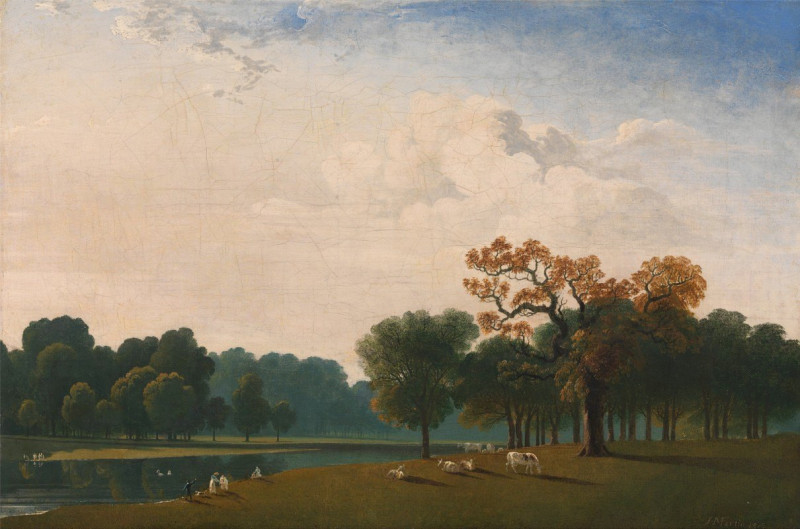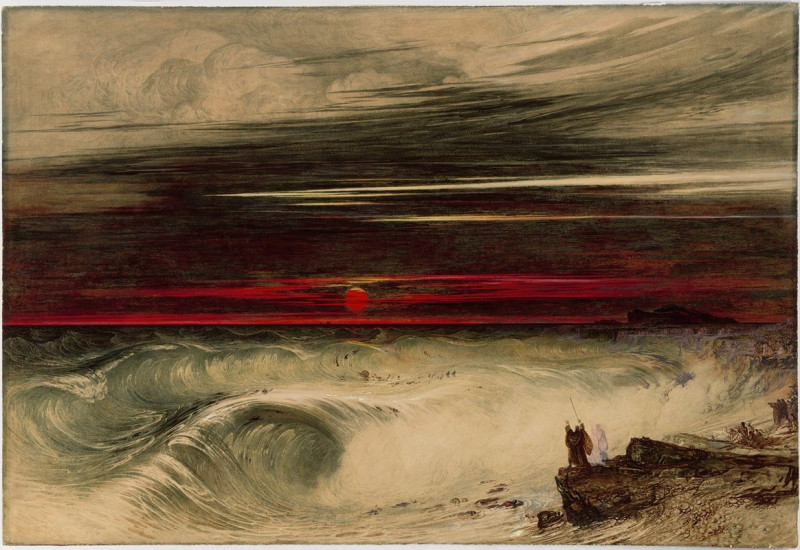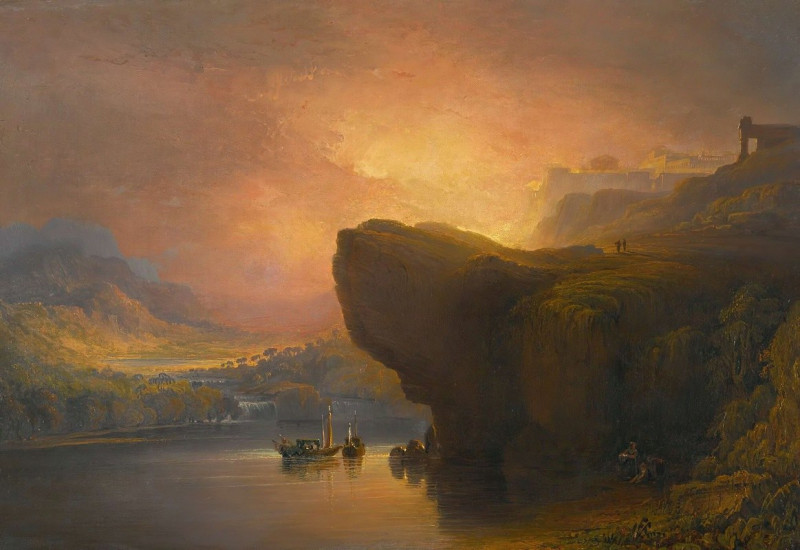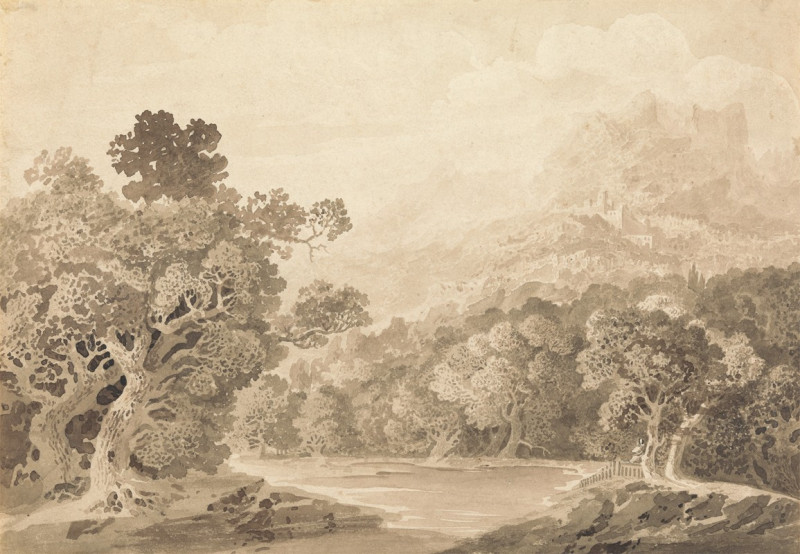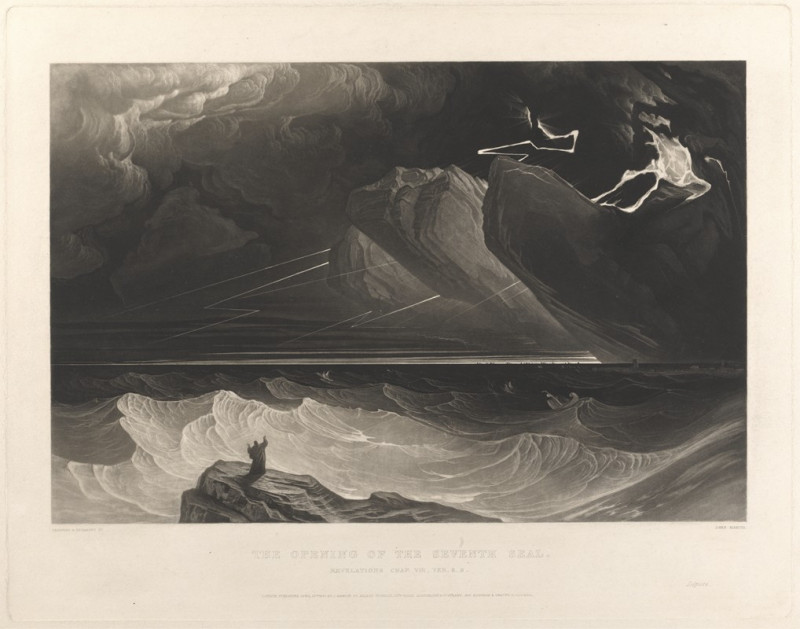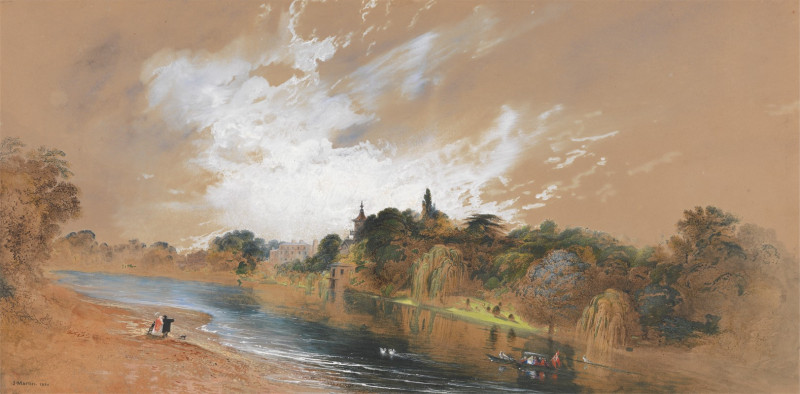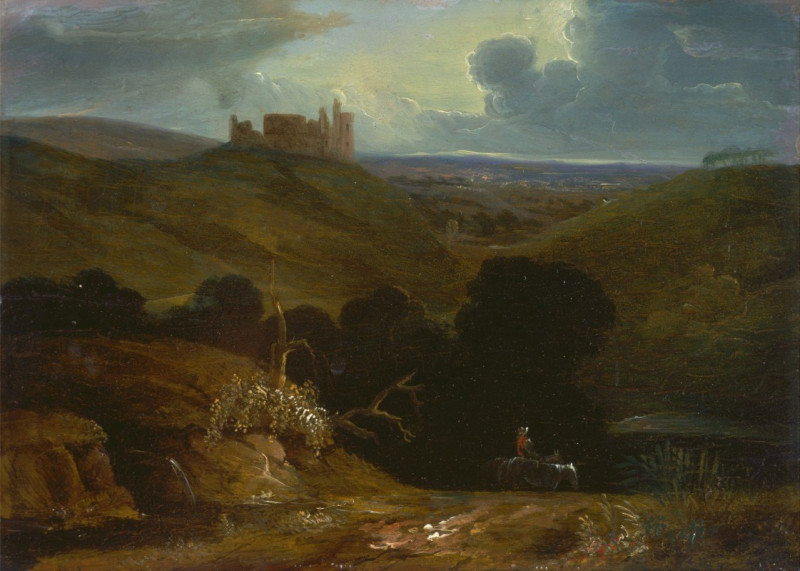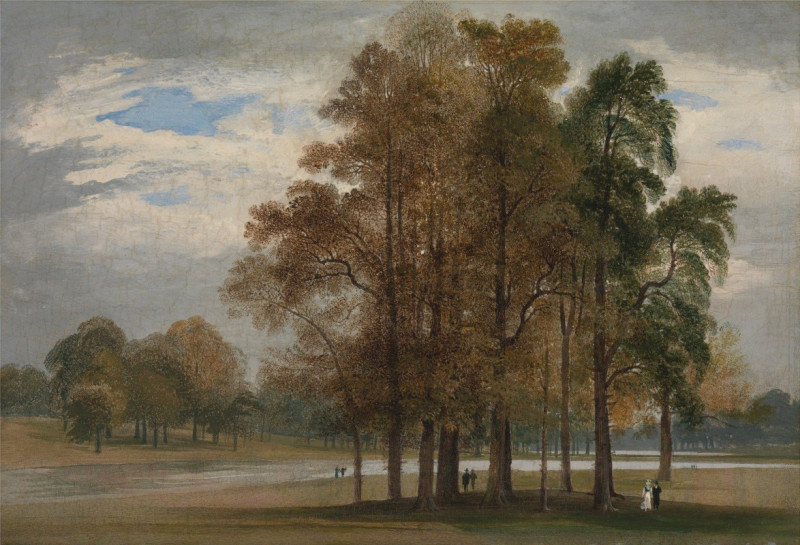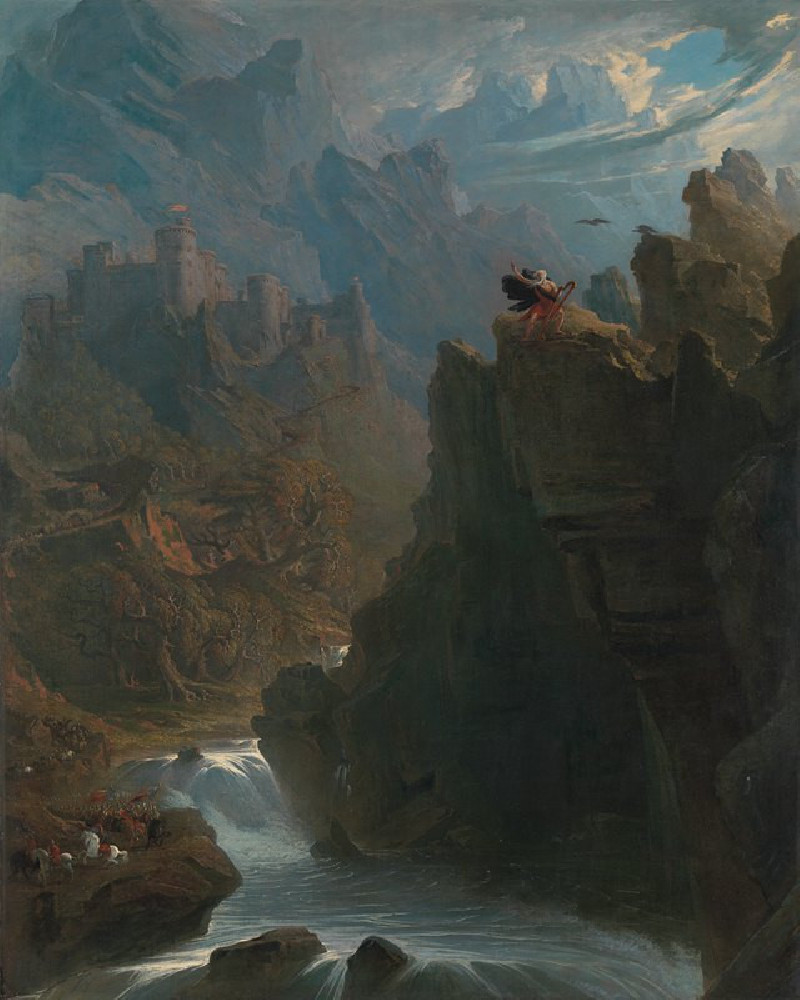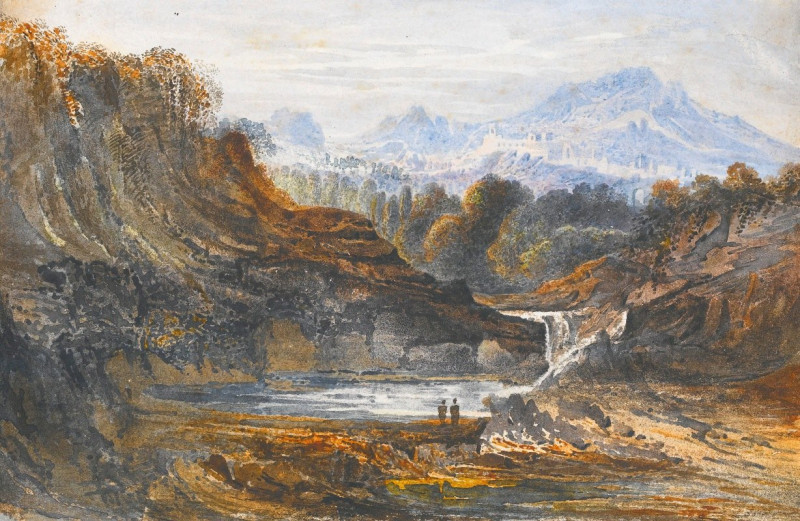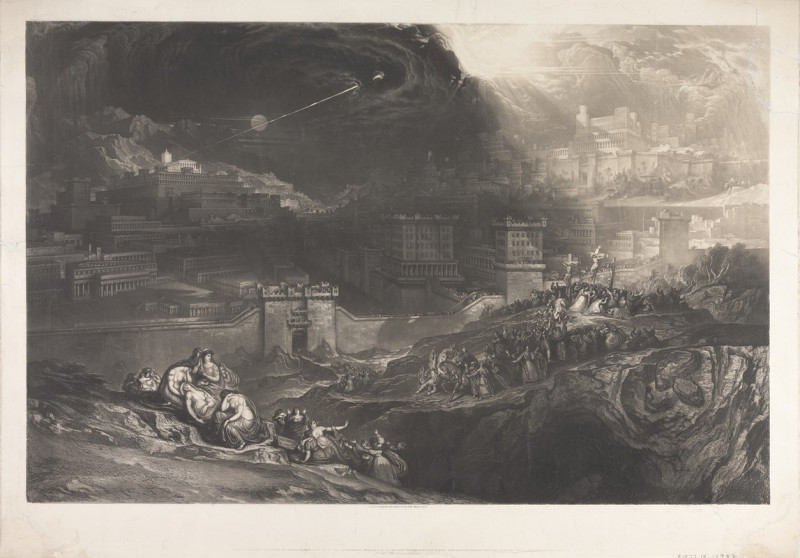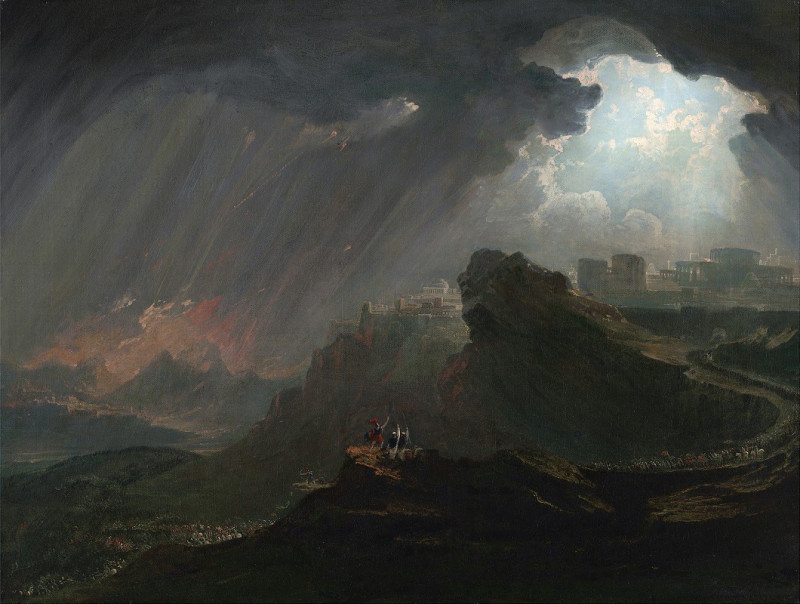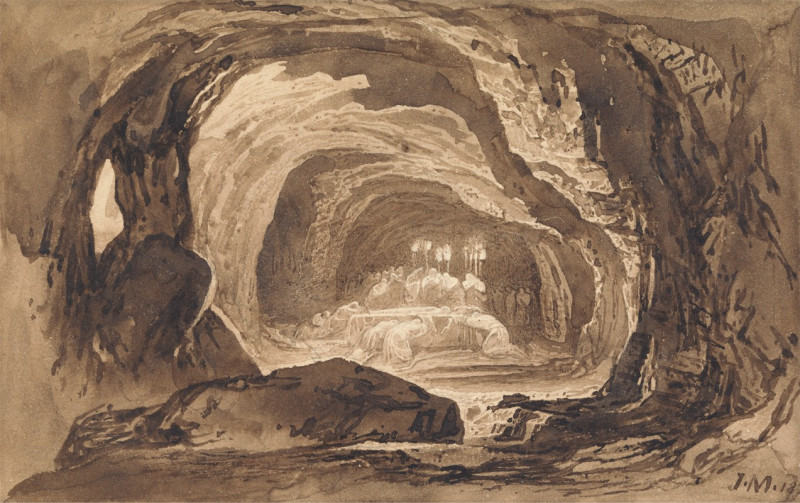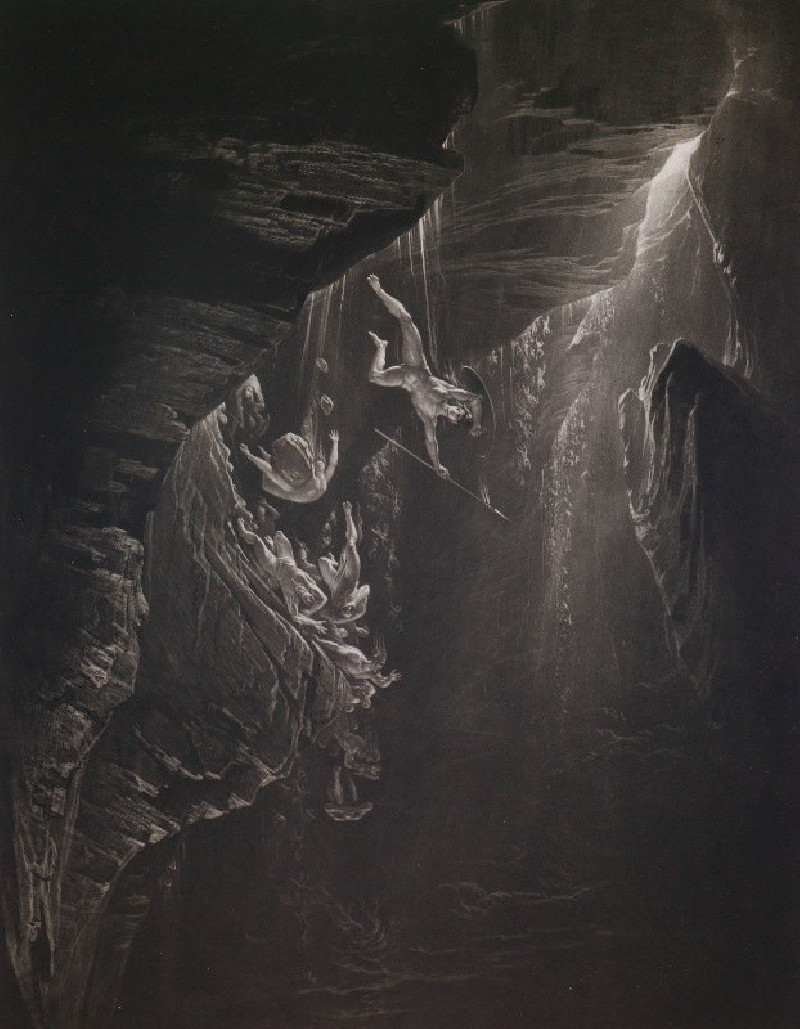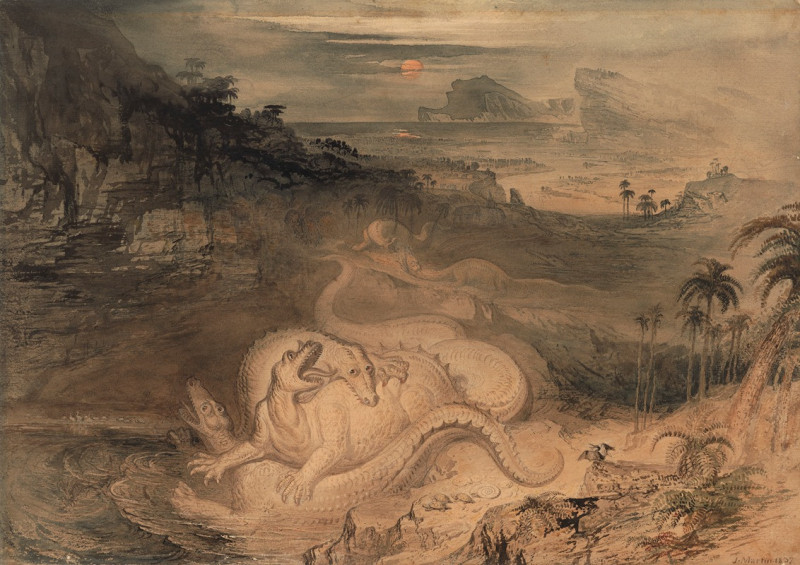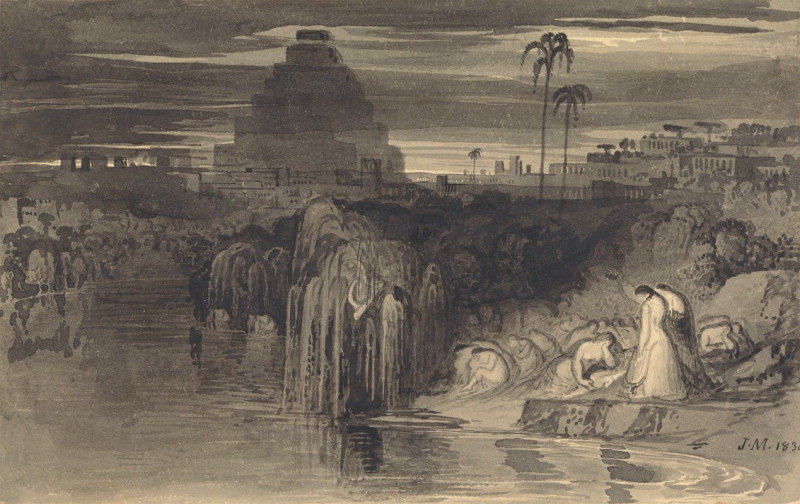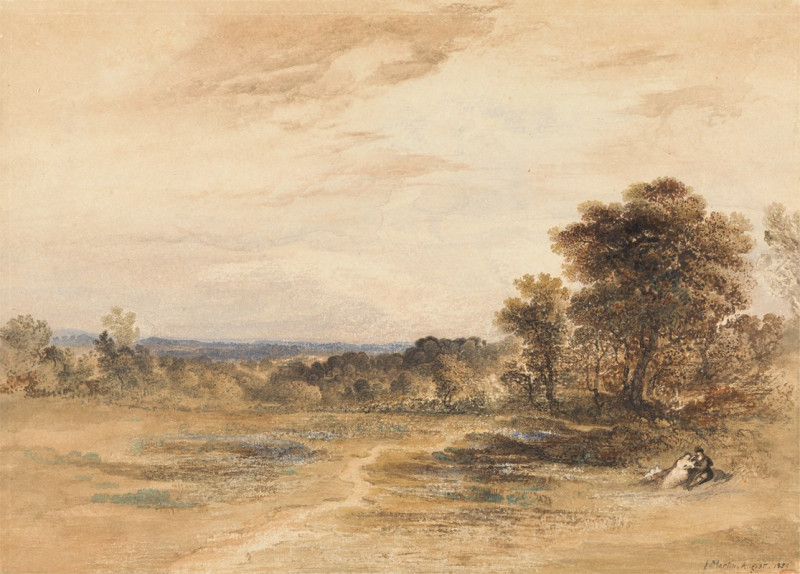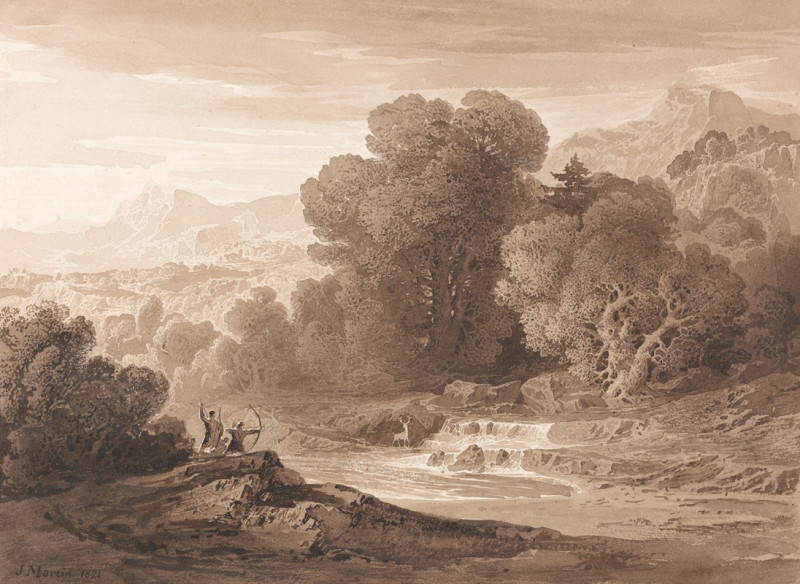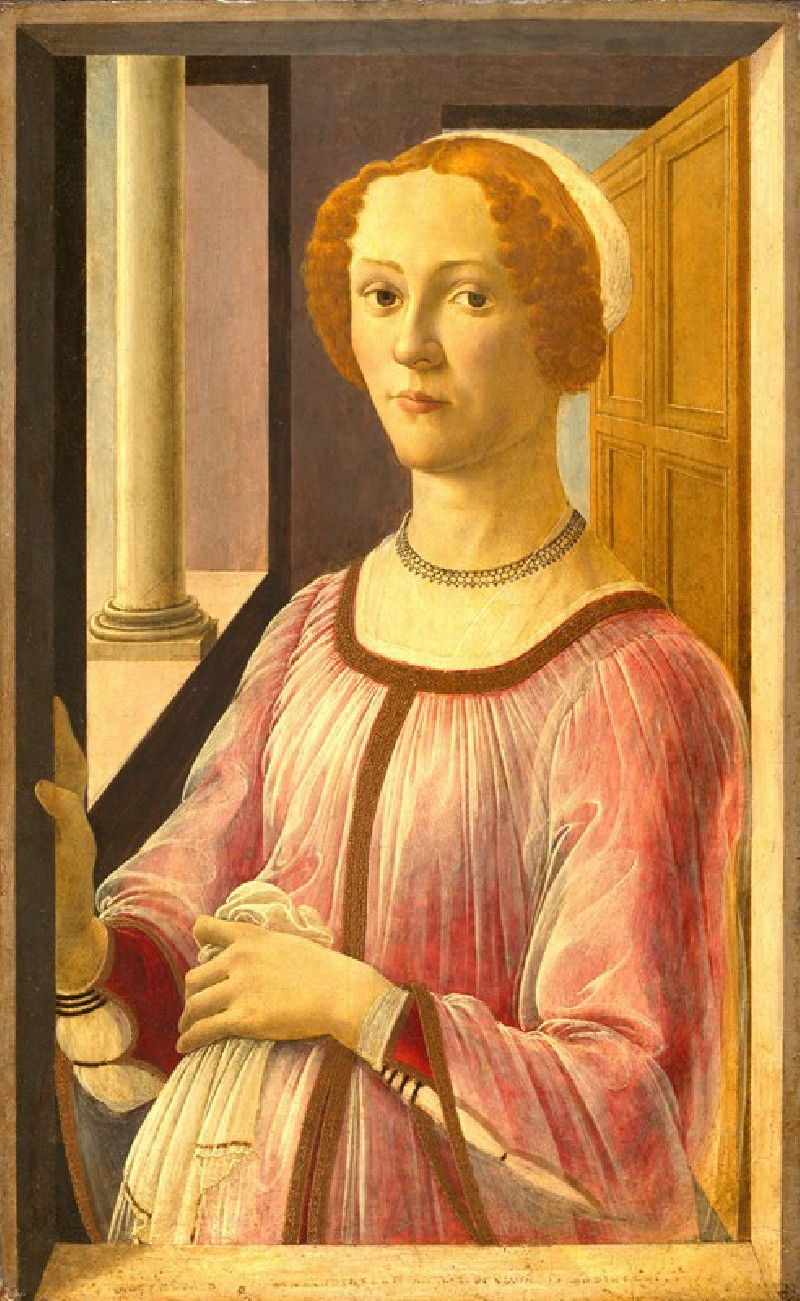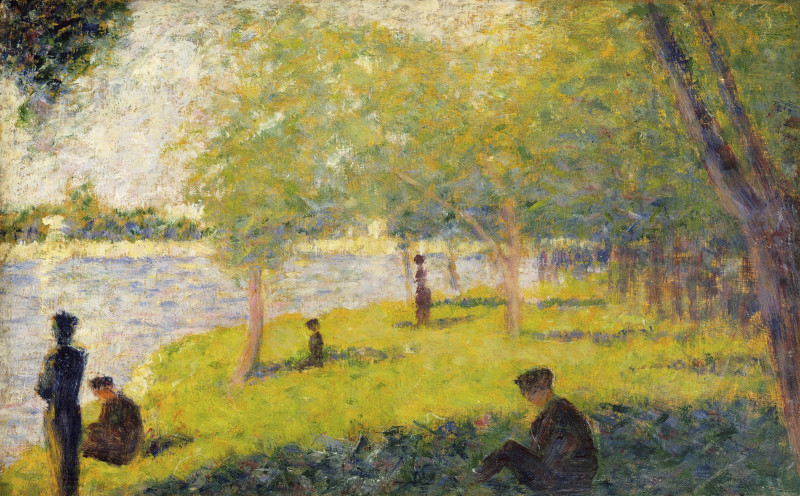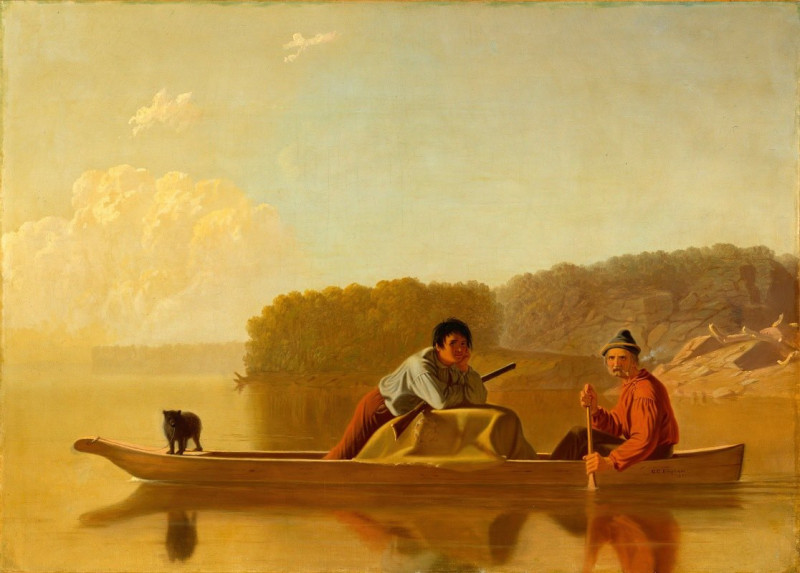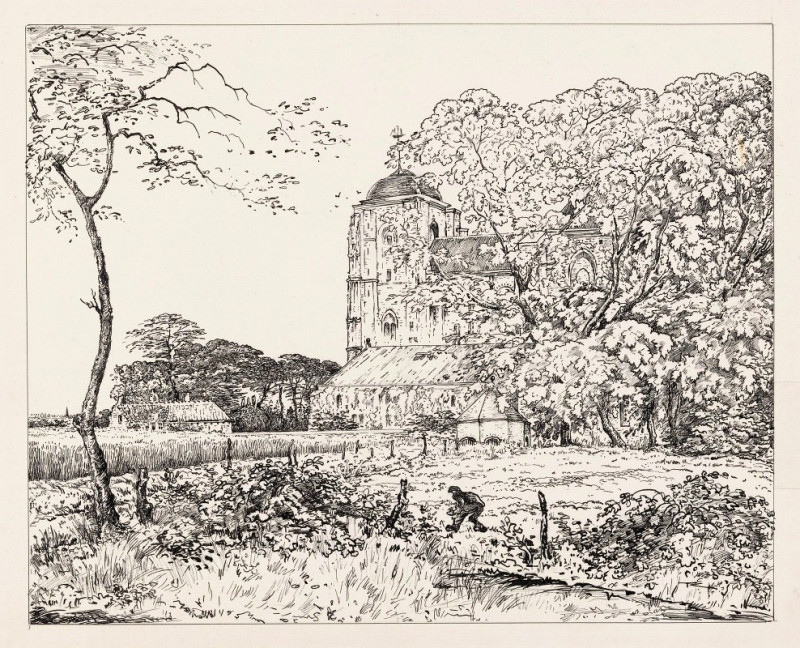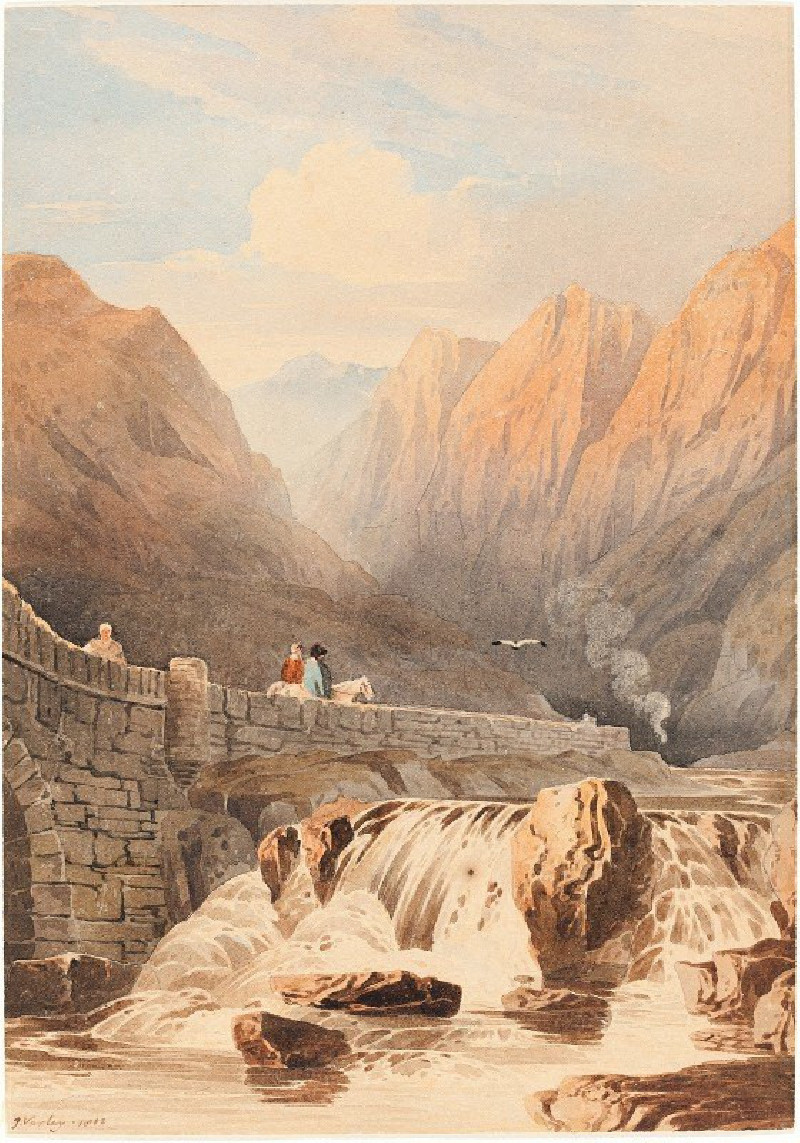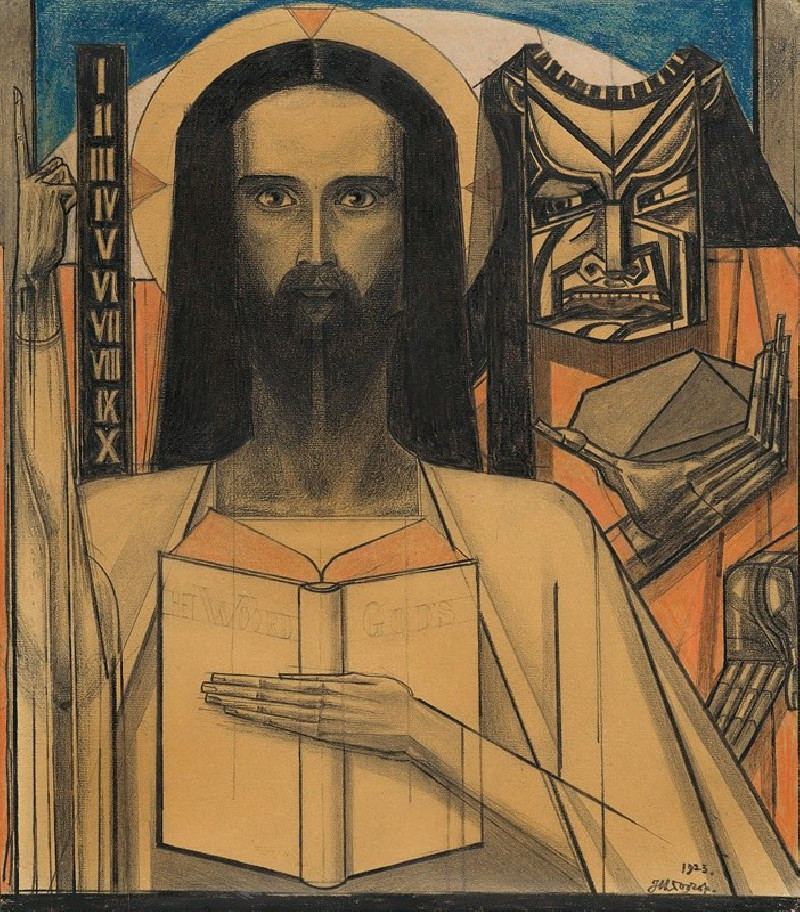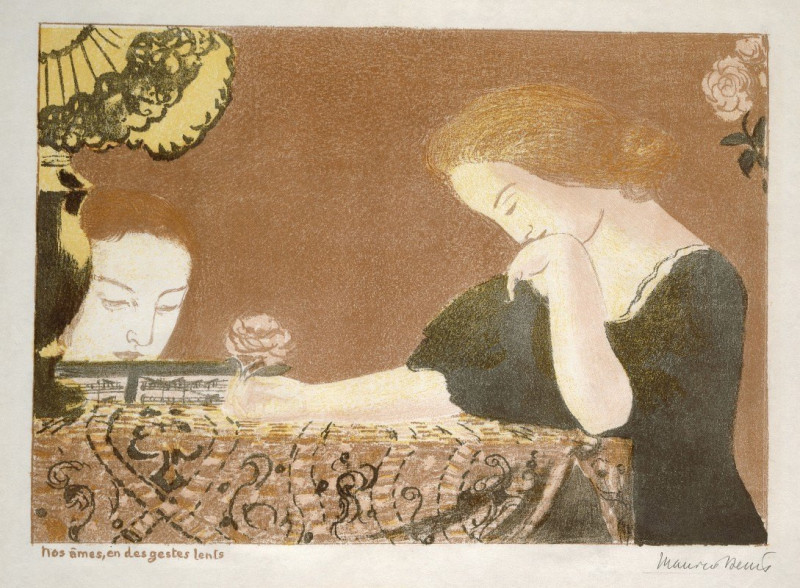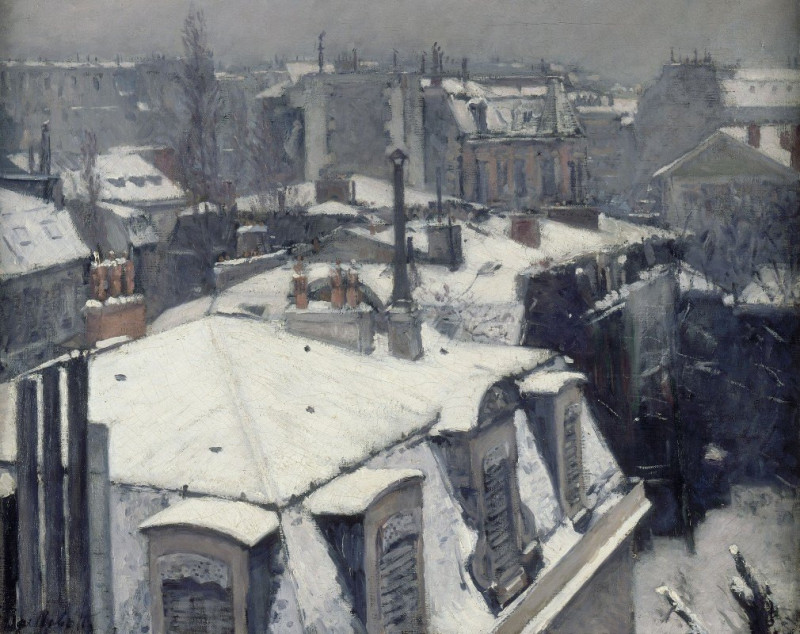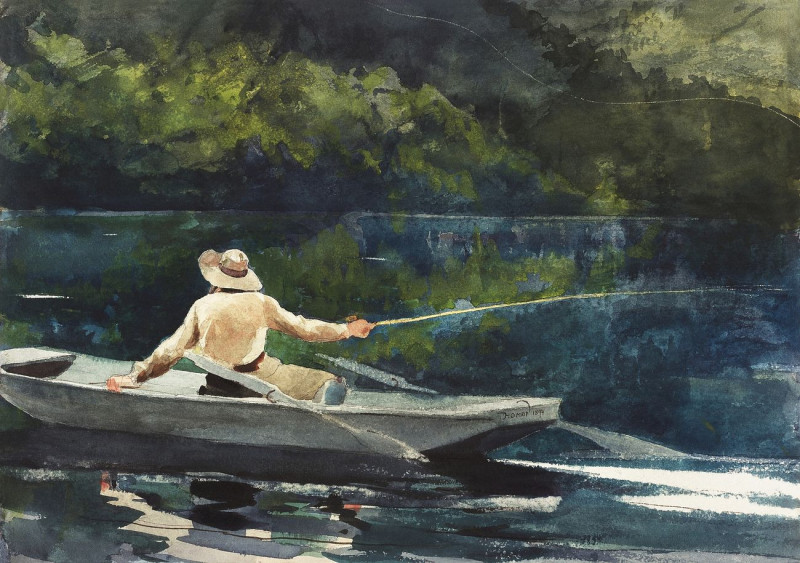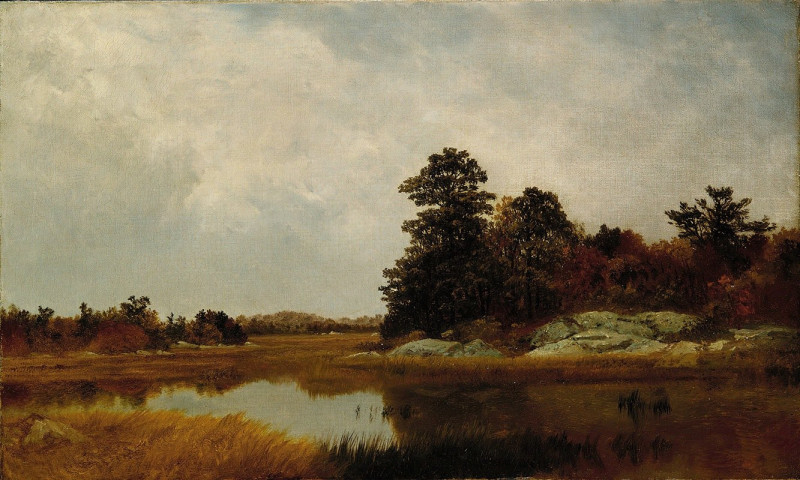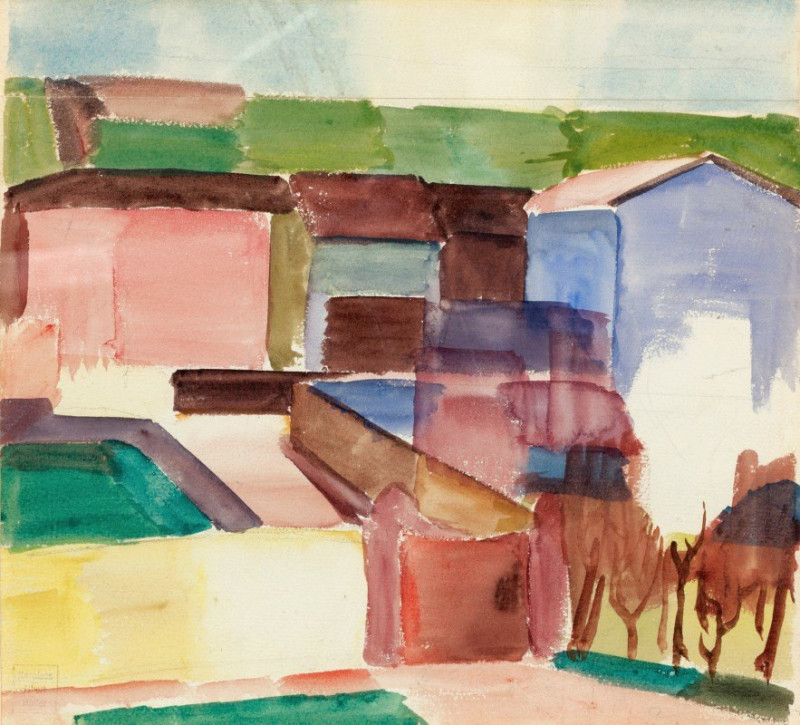The Last Judgement (study) (1851 - 1853)
Technique: Giclée quality print
Recommended by our customers
More about this artwork
John Martin's "The Last Judgement (study)" encapsulates the towering drama and apocalyptic intensity that are hallmarks of his artistic vision. This powerful study piece, created between 1851 and 1853, serves as a preliminary exploration for Martin’s grander, full-scale works that vividly depict biblical and fantastical scenes.In this stirring painting, Martin portrays a scene filled with divine retribution and celestial judgment. The composition is divided into dramatically contrasting zones that represent salvation and damnation. On the left and central parts of the canvas, celestial figures can be seen in an ethereal, illuminated space, basking in a divine light that emanates from a radiant starburst symbol, likely representing the presence of the divine.To the right, the mood shifts dramatically to chaos and despair, rendered through darker tones and tumultuous imagery. Figures are depicted in various forms of distress, some tumbling into a fiery abyss, which consumes the lower right section of the scene. This area is characterized by deep reds and ominous blacks, evoking a sense of doom and peril. The stark contrast between the areas underscores the themes of divine justice and the eternal consequences of human actions.Richly textured and dynamically composed, the elements of this work reveal Martin’s mastery in creating landscapes that are both majestic and terrifying. The rough brushstrokes and the sense of unfinished immediacy lend the study a raw, powerful energy, which might have been further refined in his final works."The Last Judgement (study)" is not just a visual representation; it is an evocative narrative crafted to stir the viewer’s emotions, confronting them with the sublime terror and awe of judgment.
Delivery
Returns
John Martin was an English Romantic painter, engraver and illustrator. He was celebrated for his typically vast and melodramatic paintings of religious subjects and fantastic compositions, populated with minute figures placed in imposing landscapes. Martin's paintings, and the prints made from them, enjoyed great success with the general public—in 1821 Thomas Lawrence referred to him as "the most popular painter of his day"—but were lambasted by John Ruskin and other critics.


